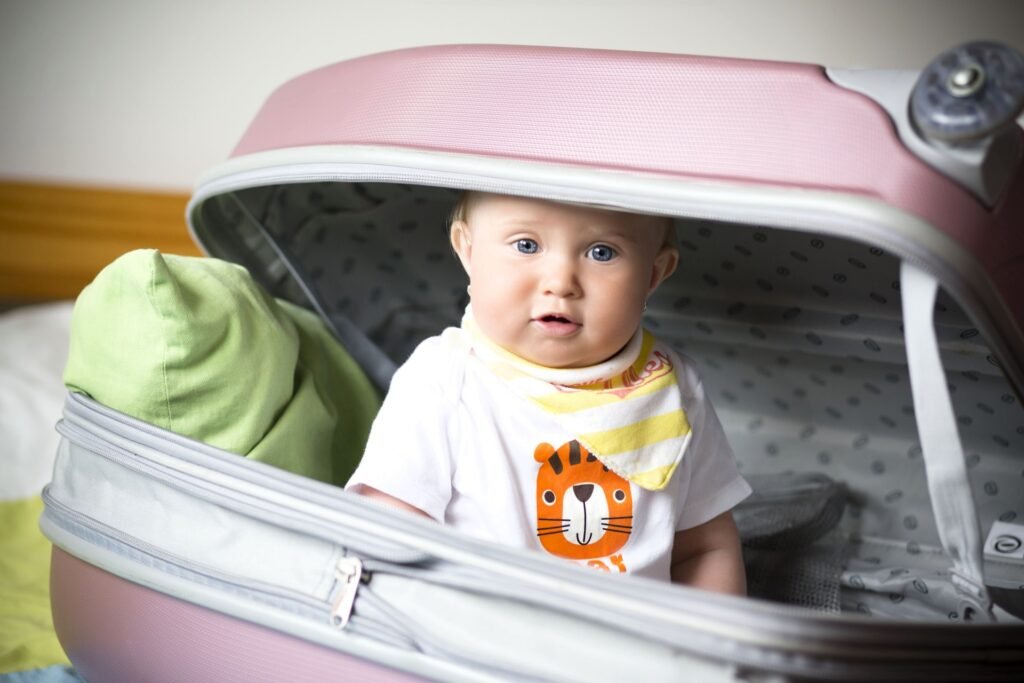
As a parent, ensuring your home is a safe haven for your curious toddler is critical. Their adventurous spirit may lead them into precarious situations, so childproofing is essential to give you peace of mind. The tips below will help you craft a secure environment that nurtures your toddler’s exploration while preventing accidents.
Why Childproofing Matters
Childproofing is not just a precaution; it’s a lifesaving step. Each year, countless toddlers suffer from preventable injuries like falls, burns, and poisonings. Taking proactive measures can be the difference between a happy, worry-free household and a traumatic emergency room visit. This guide will help you safeguard your precious little one from the hidden dangers lurking around the home.
1. Anchor Heavy Furniture and Appliances
Toddlers are natural climbers, and what may seem like a harmless dresser can turn into a deadly hazard. Make sure to anchor all heavy furniture—like bookshelves, dressers, and TVs—to the wall using reliable brackets or sturdy straps. This will prevent them from tipping over if your toddler tries to climb or pull on them.
My Experience: I remember the heart-stopping moment when my toddler nearly toppled our TV. Anchoring it gave me the priceless comfort of knowing he was safe to play and explore.
2. Safety Gates: Guard Against Danger Zones
Strategically placing safety gates around the home can prevent your toddler from wandering into hazardous areas like the kitchen, bathroom, or stairs. Look for durable gates that are toddler-proof but easy for adults to open. These gates will significantly reduce the risk of falls and burns from kitchen appliances or bathroom hazards.
3. Lock Away Hazardous Items
The hidden dangers inside cabinets and drawers often go unnoticed until it’s too late. Cleaning supplies, medications, and sharp objects should be stored securely out of reach. Install cabinet locks or safety latches to give yourself an added layer of protection. These small efforts can save your toddler from potentially life-threatening accidents.
4. Safeguard Electrical Outlets and Cords
Electrical outlets are magnetic to toddlers—they’re the perfect height and full of mystery. Protect your little one by covering all unused outlets with plastic caps or sliding covers. Additionally, keep cords hidden or out of reach to prevent dangerous tugging or tripping.
5. Choose Cordless Blinds for Window Safety
Corded blinds may seem harmless but pose serious strangulation hazards. Replacing them with cordless blinds or securing cords high and out of reach is crucial to keeping your toddler safe. Windows themselves can also be a fall risk, so installing window guards can provide an additional safety net.
My Experience: After reading about a tragic incident involving window blinds, I immediately switched to cordless options. The peace of mind knowing that my child’s play area is safer was worth every penny.
6. Bathroom Dangers: Keep It Locked
Bathrooms are home to multiple risks—slippery floors, hot water, medications, and razors. Always keep your bathroom door closed or locked when not in use, and never leave your child unattended near water, not even for a second. Install non-slip mats in bathtubs and around sinks to avoid dangerous falls.
7. Cover Sharp Corners and Edges
Sharp corners on furniture like coffee tables and countertops can lead to nasty bumps or cuts. Installing soft corner protectors will help you avoid these painful incidents. These are particularly useful in living rooms and play areas, where toddlers are most active.
8. Install Childproof Locks on Doors
Doorknob covers and childproof locks are fantastic for limiting your toddler’s access to off-limit areas. Whether it’s the backyard, garage, or bathroom, these simple devices will block your toddler from wandering into potentially dangerous zones.
9. Monitor and Alarms for Peace of Mind
Even the most vigilant parents can’t always keep an eye on their toddlers. Baby monitors with motion detectors or door alarms can alert you when your child enters restricted areas. These devices are particularly helpful at night or when you’re busy with other tasks.
10. Keep Water Sources Secure
Toddlers are naturally drawn to water, but this curiosity can lead to danger. Always drain bathtubs immediately after use and avoid leaving buckets or basins of water unattended. To prevent burns, install anti-scald devices on faucets and set your water heater temperature to a safe level.
Final Thoughts: Creating a Sanctuary for Your Toddler
Your home should be a place where your toddler feels free to explore without encountering life-threatening hazards. By following these essential childproofing steps, you’ll create a secure, nurturing environment for your toddler’s growth and curiosity.
Remember, childproofing is an ongoing process. As your toddler develops new skills, reassess your home for potential dangers and adjust accordingly. A well-childproofed home is the foundation of happy, healthy childhood development.

